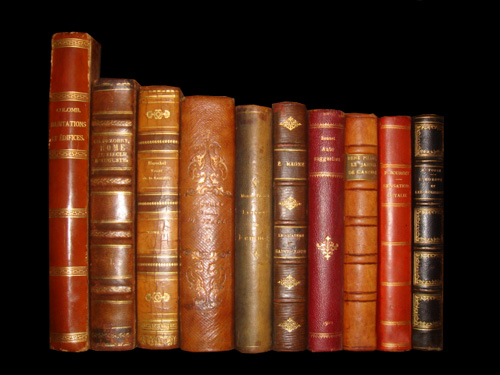Glenn Curtiss beat even the
Wright brothers (who sued him bitterly) to get pilot’s license No. 1 in America. He teamed with
Alexander Graham Bell, helped develop the moving wing part known as the aileron, introduced tricycle landing gear, made the first airplane sales, and turned aeronautics into a multimillion dollar business. His innovations ranged from the Curtiss Pusher to the hydroaeroplane, the flying boat, and the Curtiss Jenny. Curtiss, his engines, and his airplanes dominated the world of early
aviation on this side of the Atlantic. Glenn H. Curtiss: Aviation Pioneer charts Curtiss’s breakneck course across two continents, North America and Europe, setting speed and distance records, experimenting with military applications, always striving for a safer, faster airplane. Fostering both water flyers and shipboard landing, he became the Father of Naval Aviation. But even the skies were not wide enough for the busy brain of Curtiss. Glenn H. Curtiss: Aviation Pioneer also tracks his dizzying ride from a village bicycle shop to record-smashing motorcycle races, futuristic travel trailers, and city building in the Florida land boom.
Background Information
Wilbur and Orville Wright succeeded in the first manned heavier-than-air flight at Kitty Hawk NC in December 1903. Alexander Graham Bell's work in the development of the telephone led to the creation of the Bell Telephone System of nationally interconnected phone networks. Americans Wilbur and Orville Wright conducted the first heavier-than-air flight and America has led in aviation innovations ever since.



